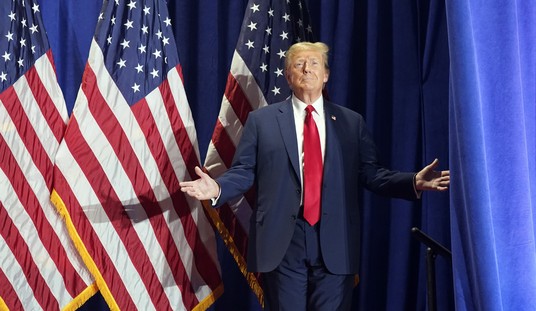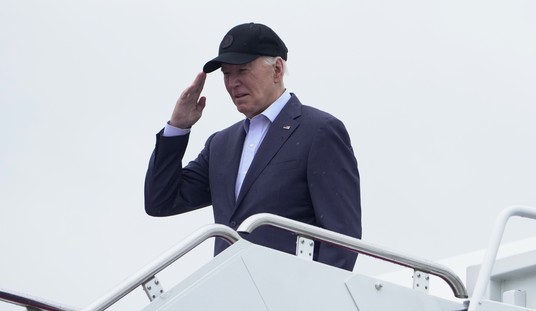Mitt Romney faces an inconvenient truth on climate change.
While the former Massachusetts governor often touts his decision not to sign up for a regional cap-and-trade compact, he also glosses over a six-year-old set of carbon dioxide rules that his aides touted at the time as the first in the country for electric utilities.
Under Romney’s regulations, finalized in September 2006, Massachusetts’s six largest power plants faced mandatory CO2 limits with several market-friendly compliance options designed to help keep the costs down.
Democrats and environmentalists panned Romney’s rules as weak tea. Many felt burned by the governor’s decision not to join then-New York Republican Gov. George Pataki and other neighboring state leaders in the Regional Greenhouse Gas Initiative.
But Romney’s problem is now on the other side of the political spectrum as critics on his right said they are troubled by a decision to implement the CO2 limits in the first place.
Texas Gov. Rick Perry’s presidential campaign, for example, has done its homework. It released a 60-second Web video last month hitting Romney for the CO2 rules, likening them to the Obama administration’s EPA climate policies.
Perry aides last week also circulated news clips on the Romney rules from 2006. They argued that even if Massachusetts didn’t participate in RGGI, Romney still should be held accountable for putting mandatory caps on greenhouse gases.
“Mitt Romney is misleading the American public by criticizing policies he enacted as governor of Massachusetts,” Perry spokesman Mark Miner said. “Mitt Romney has been running for president for six years, but he can’t run from his record.”
If elected president, Romney has said he’d reverse Obama-era environmental rules, including EPA’s endangerment finding that declared carbon dioxide a threat to public health, making it subject to restrictions under the Clean Air Act.
Recommended
Speaking last week at a fundraiser in Pittsburgh, Romney said he was a skeptic on global warming science. And he recounted his decision on RGGI to explain why he would reject a cap-and-trade system.
“I actually had in Massachusetts a consortium of states that came together with a cap-and-trade program. It was called the Regional Greenhouse Gas Initiative,” he said. “And all the governors, Gov. [George] Pataki and so forth, all signed it. I refused to sign. I do not believe in a cap-and-trade program.”
Romney aides did not respond to a request for comment about the Massachusetts CO2 regulations. Campaign aides told The Wall Street Journal last month that the climate rule came at the end of a lengthy process that started in 2001 with former Republican Gov. Jane Swift.
But when the rules were issued, Romney was front and center to take credit.
In a December 2005 news release announcing the rules would take effect at the start of the new year, Romney said, “Massachusetts continues to be committed to improving air quality for all our citizens. These carbon emission limits will provide real and immediate progress in the battle to improve our environment. They help us accomplish our environmental goals while protecting jobs and the economy.”
The release touted how the limits were the “toughest in the nation,” and it celebrated the assistance of John Holdren, then a Harvard environmental policy professor, and Billy Pizer, then an environmental economist at the D.C. think tank Resources for the Future.
Romney’s critics have pounced on Holdren’s role in the climate rule, noting he’s now the head of Obama’s White House Office of Science and Technology Policy. The Perry campaign also highlighted his reliance on Gina McCarthy, the Obama EPA air chief who served Romney at the time as undersecretary for policy in his Executive Office of Environmental Affairs.
On Monday, Pizer said Romney’s CO2 rule didn’t strike him at the time as that big of a deal because it was so narrowly focused on just a few power plants.
“He was trying to burnish his environmental credentials and put the best spin on whatever environmental accomplishments were going on,” said Pizer, now a faculty fellow at Duke University’s Nicholas Institute for Environmental Policy Solutions. “I don’t remember thinking at the time it was hugely significant. But of course anything at this point trying to reduce emissions should be viewed as significant.”

























Join the conversation as a VIP Member